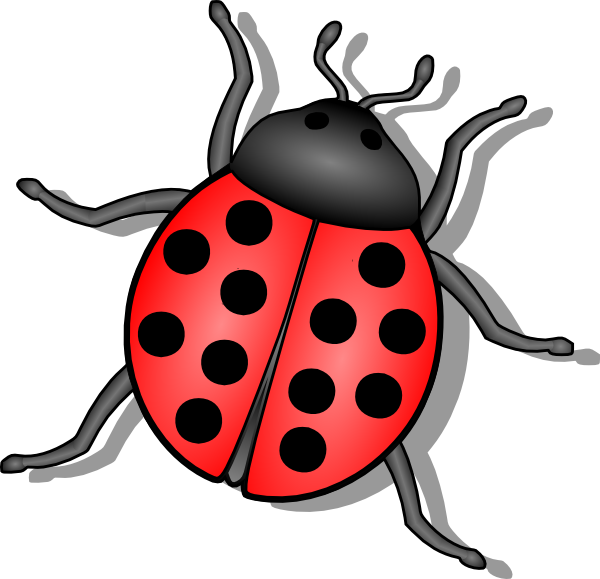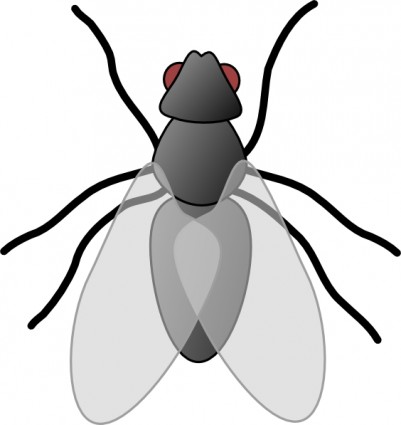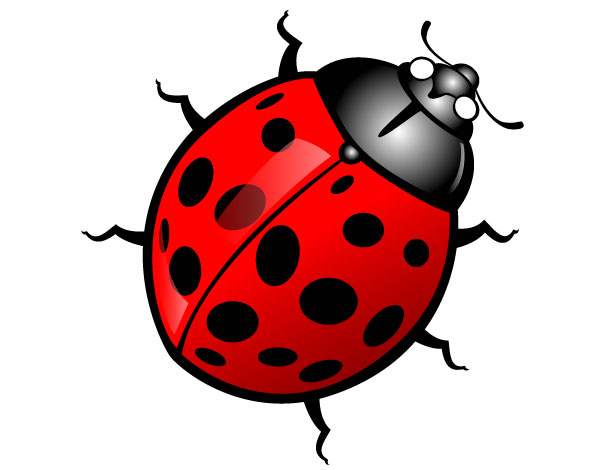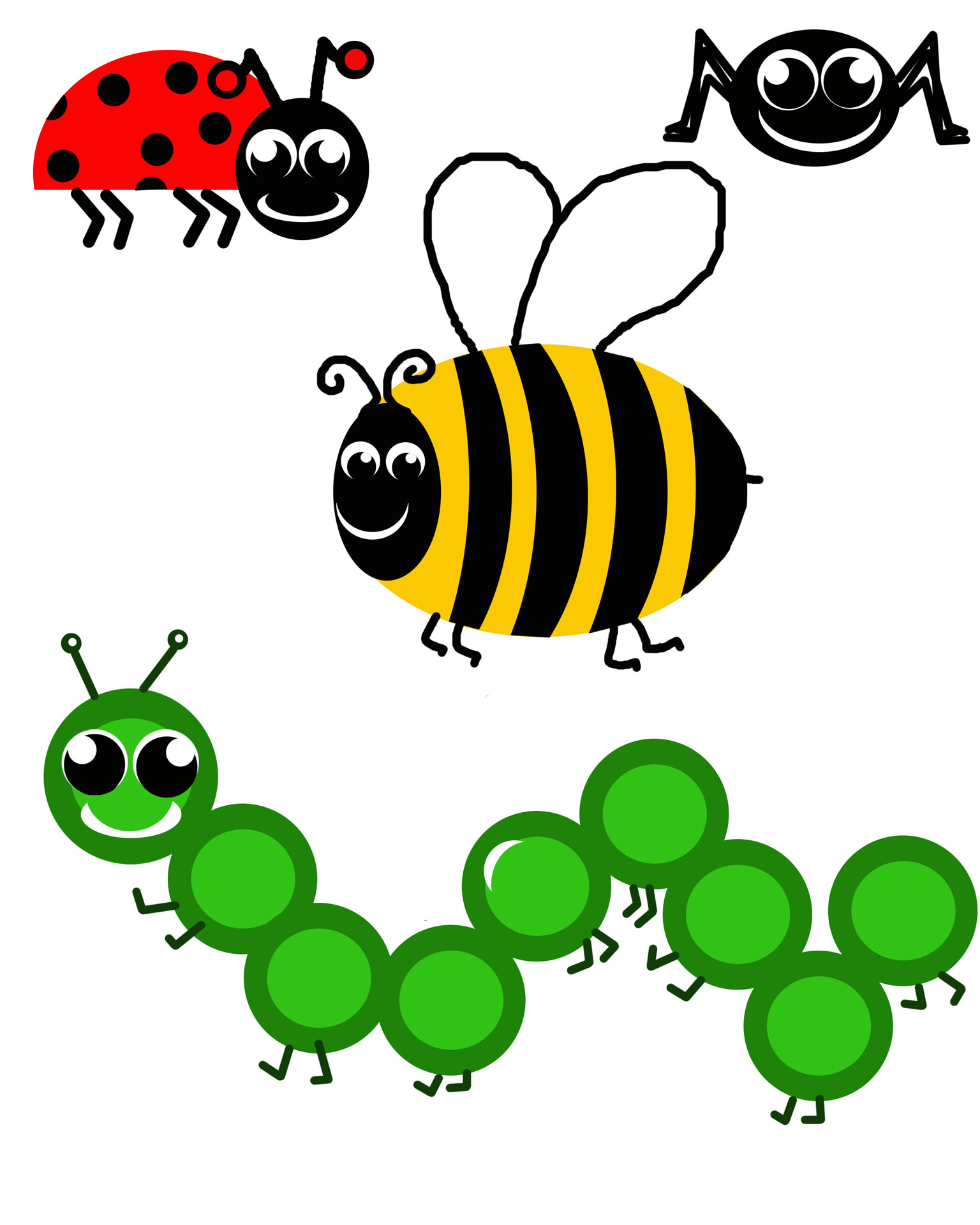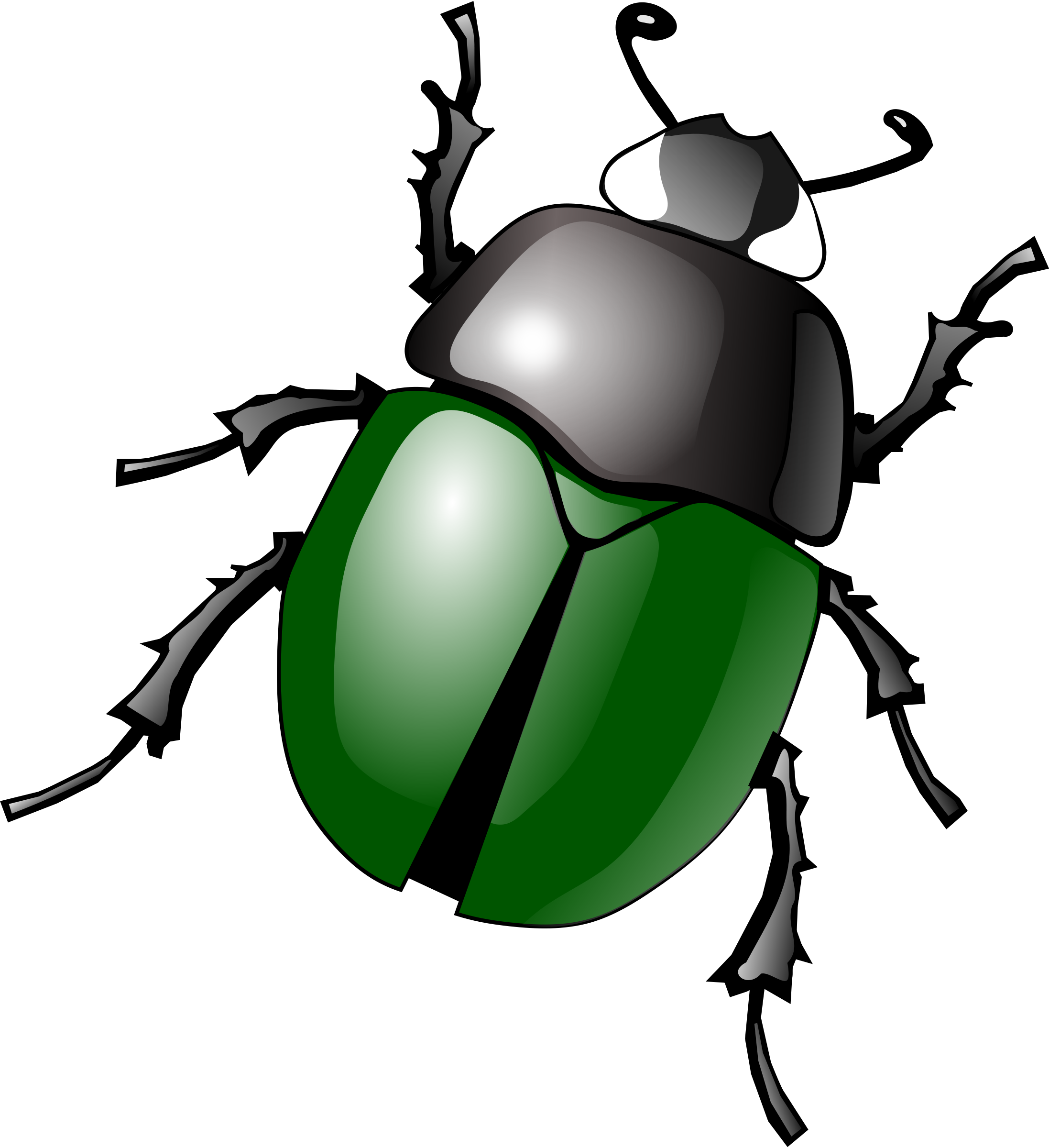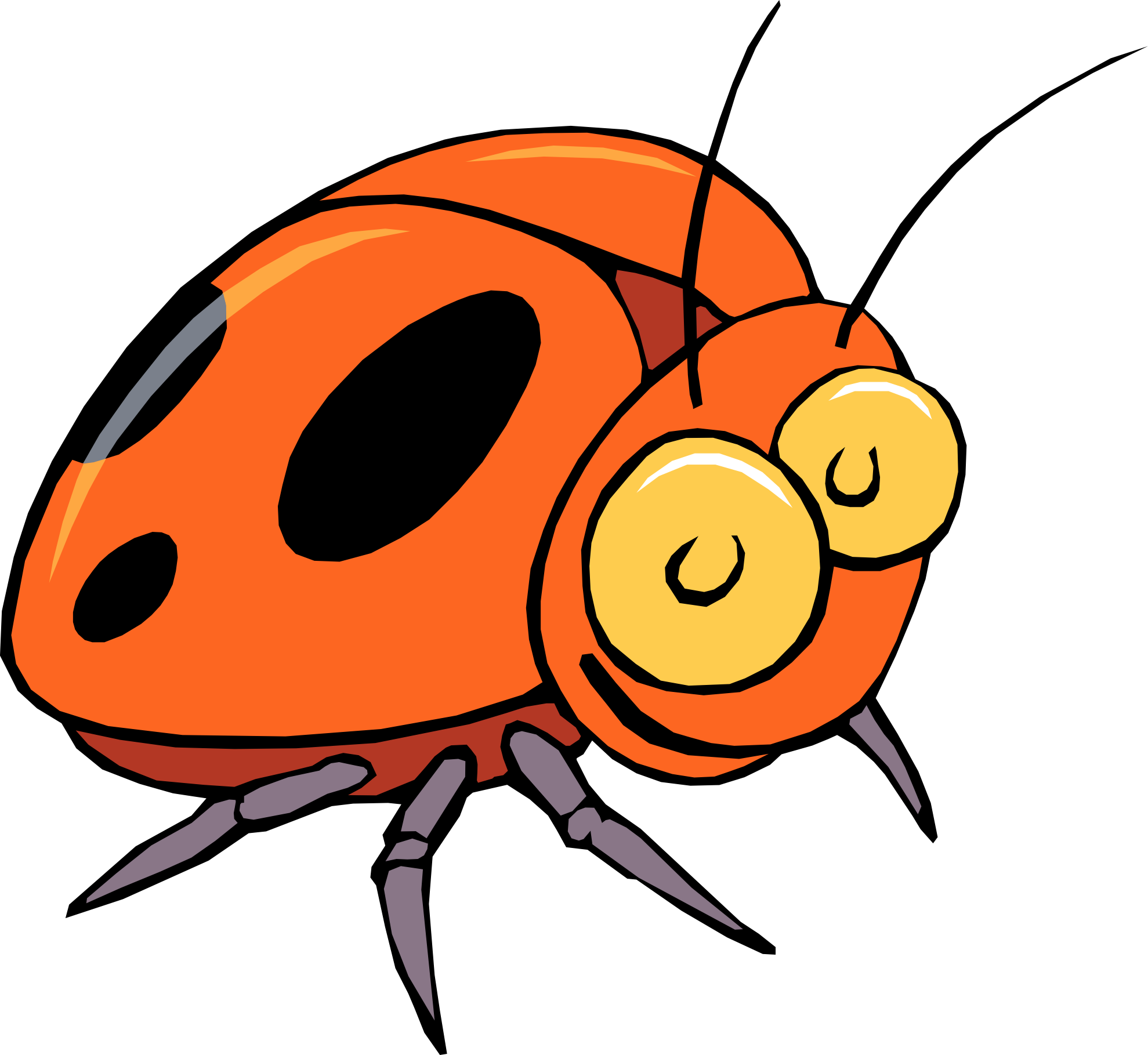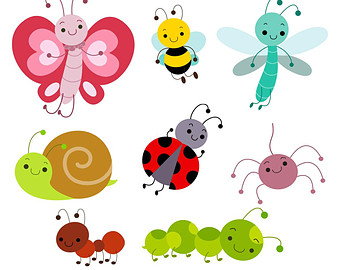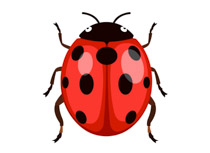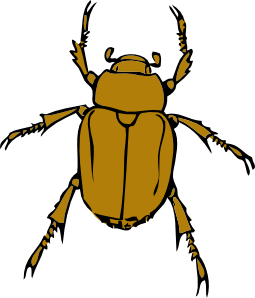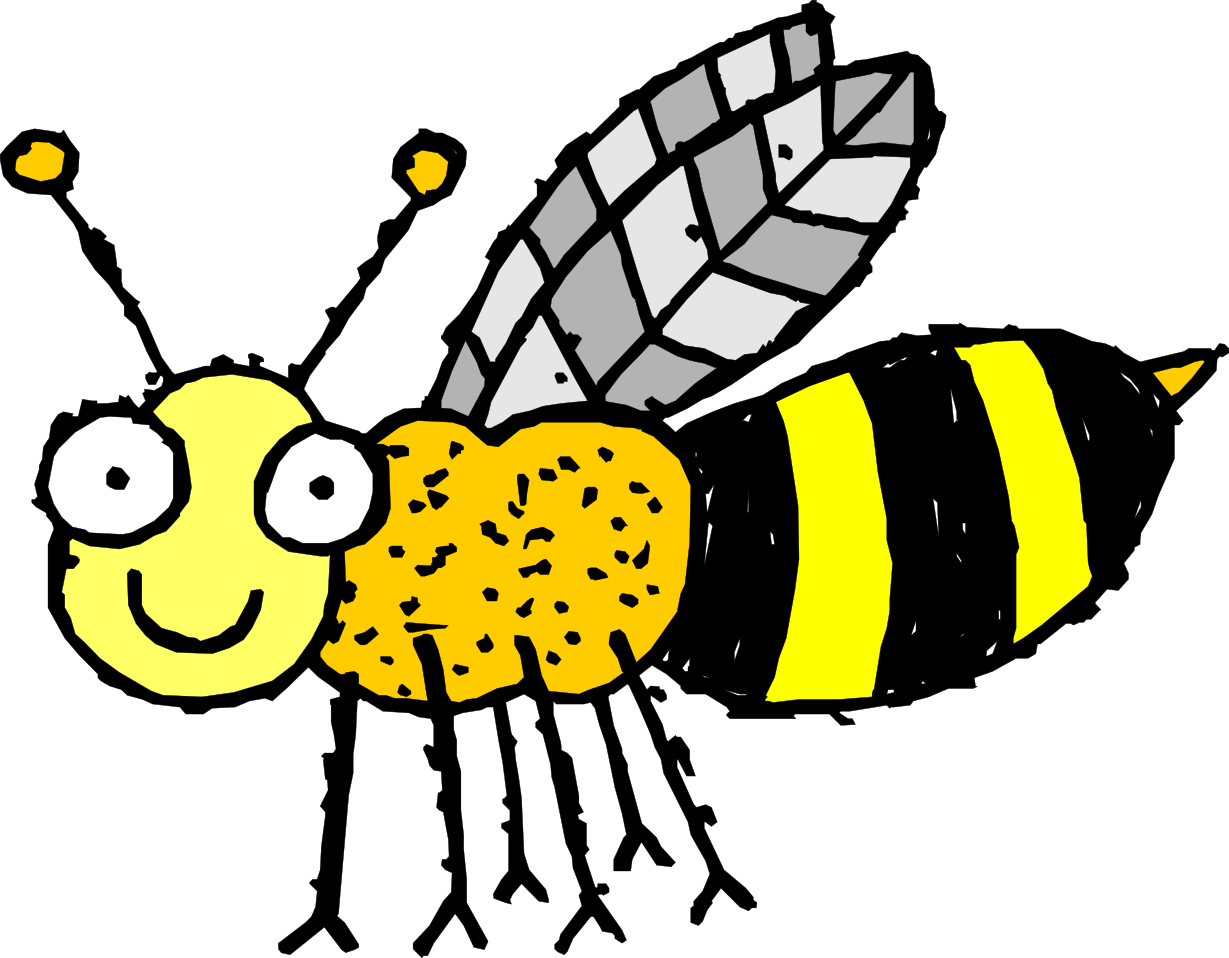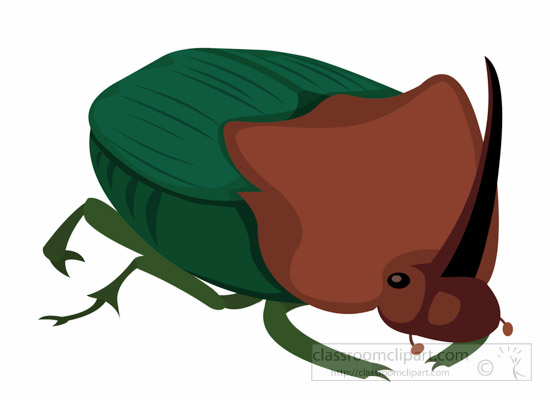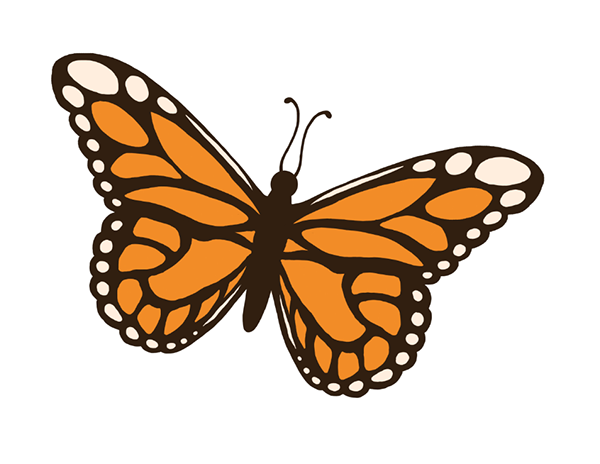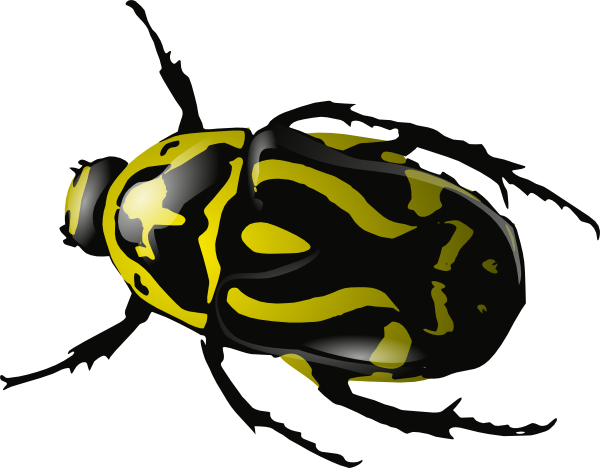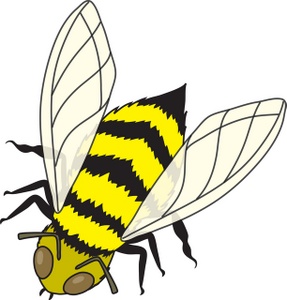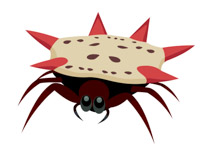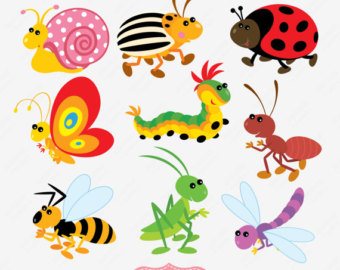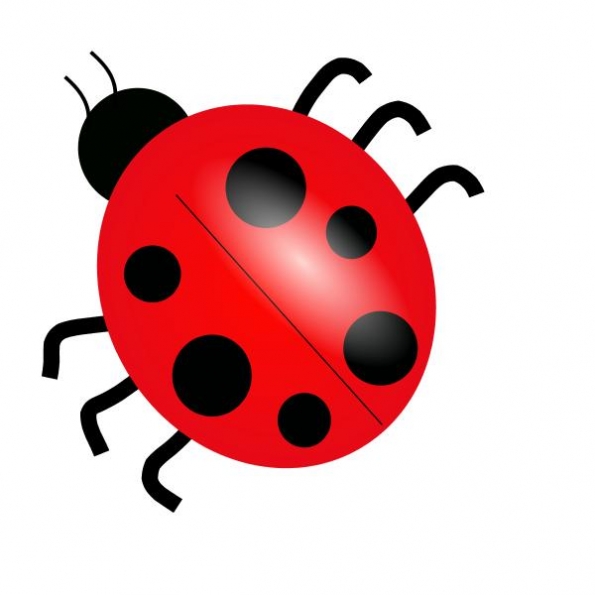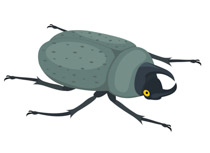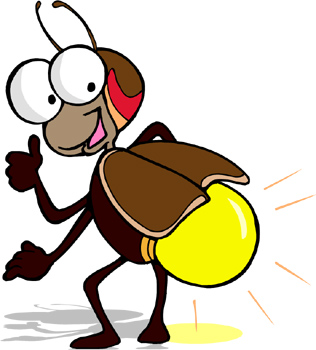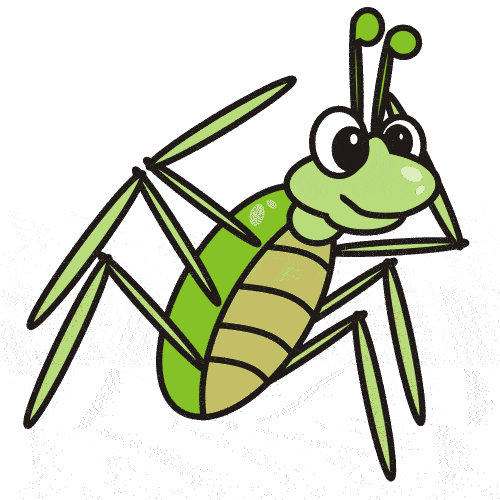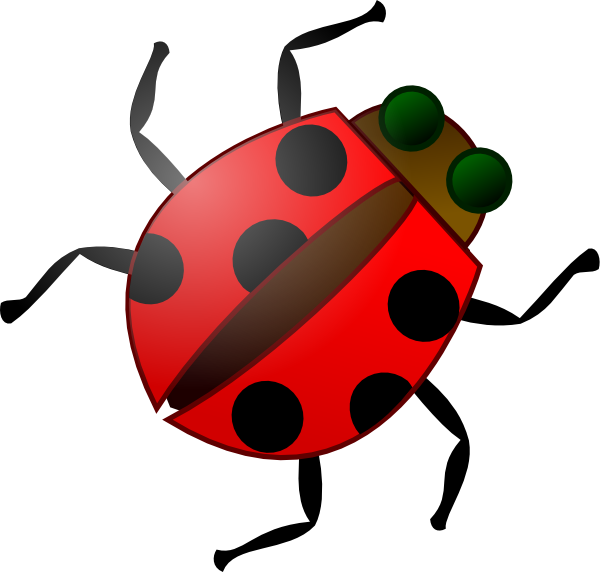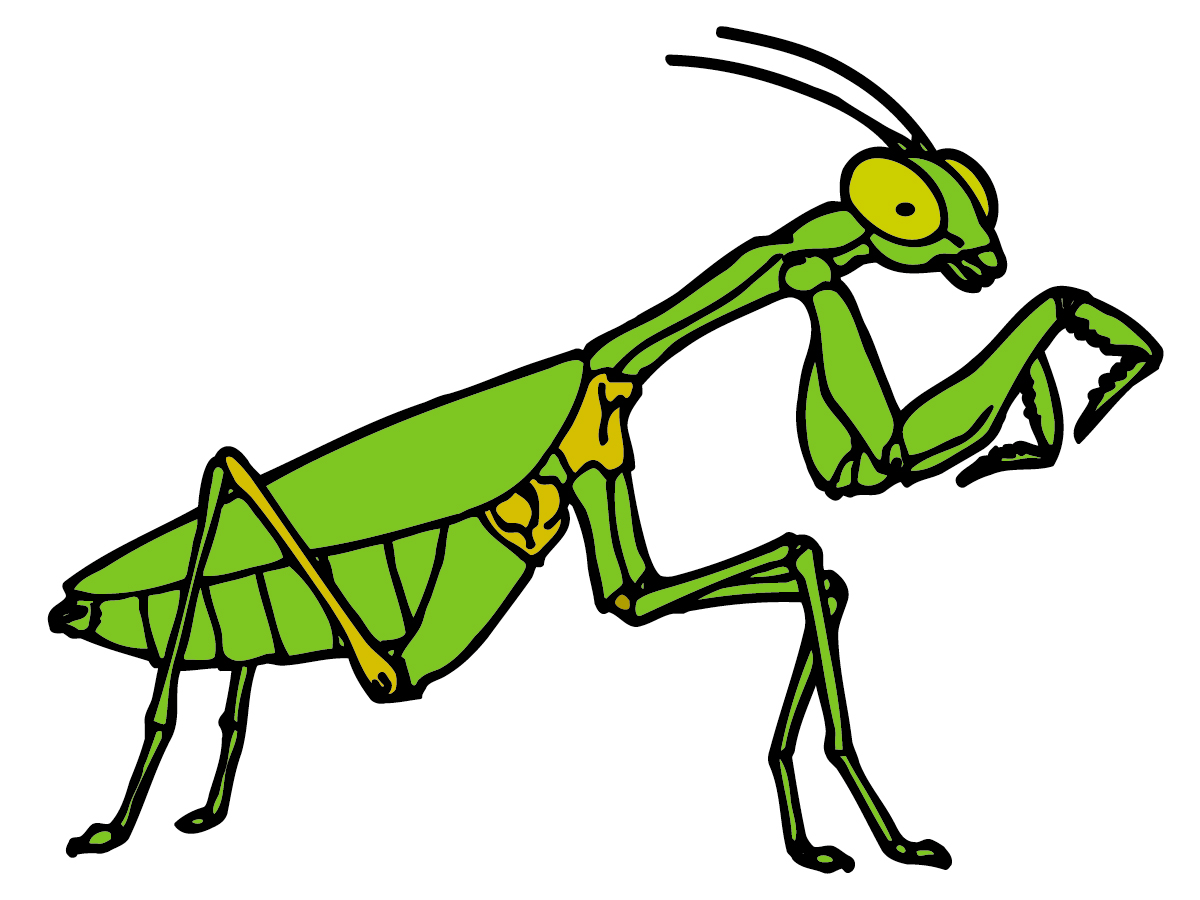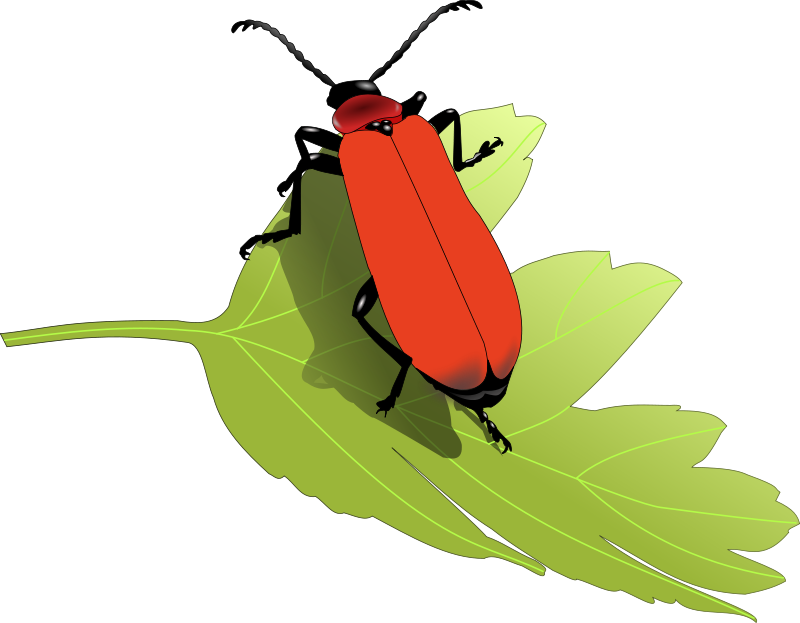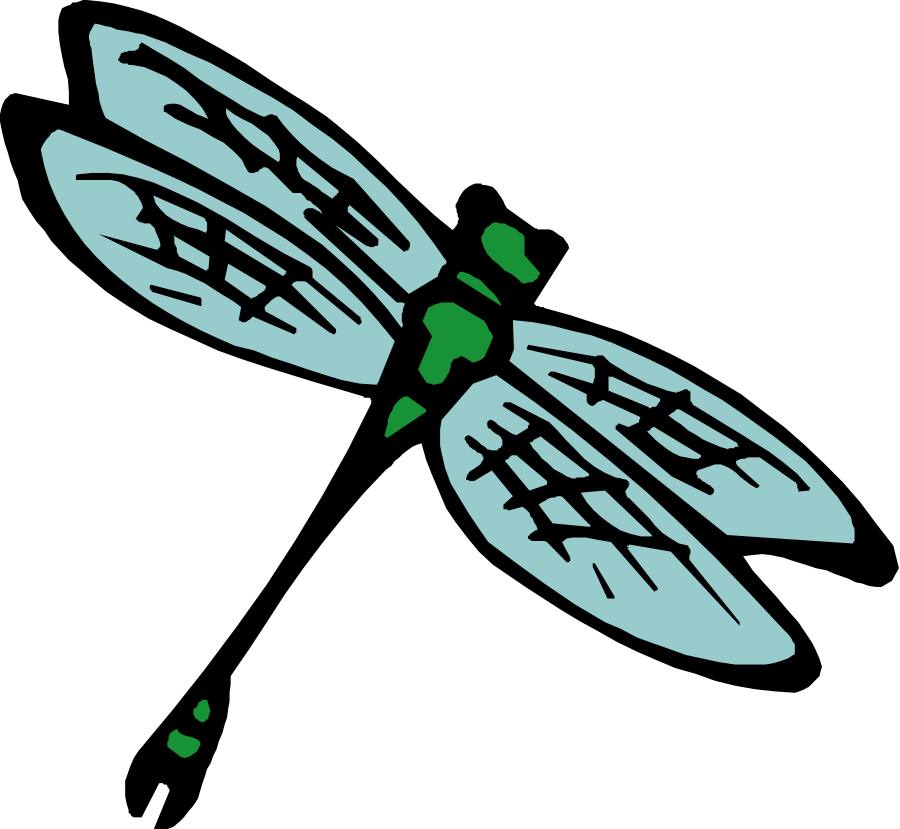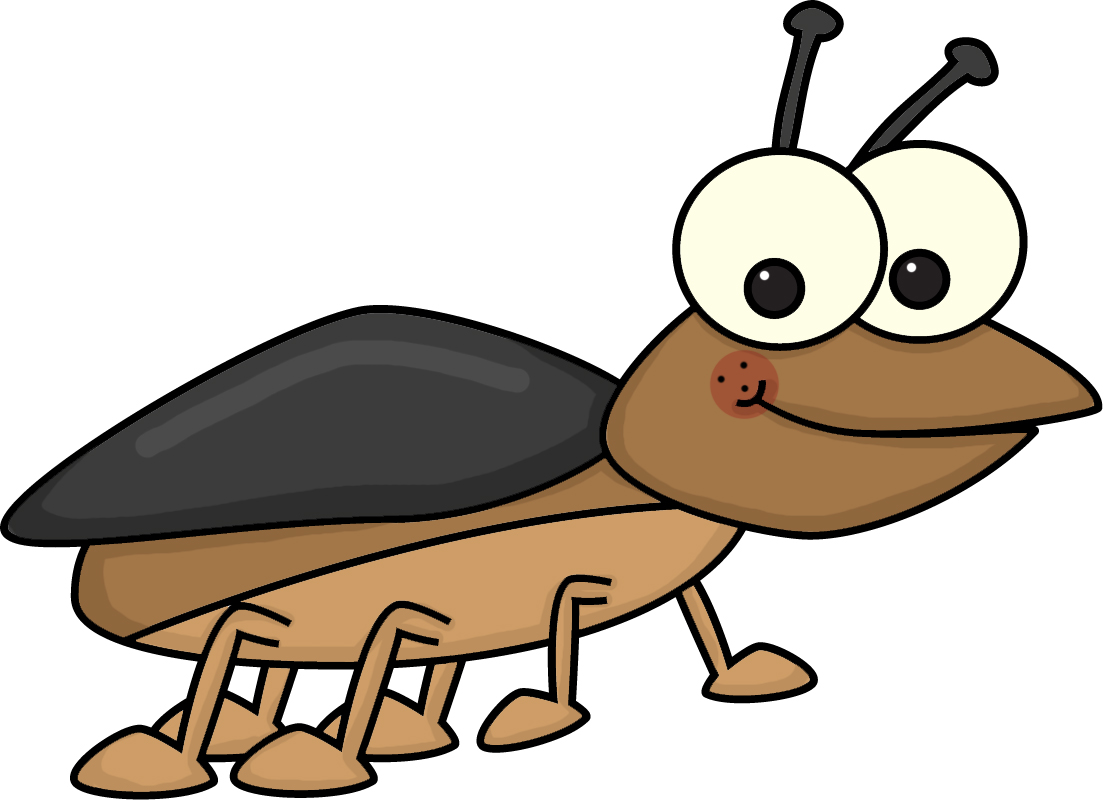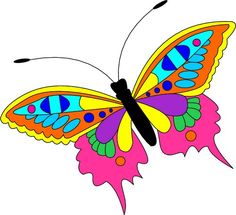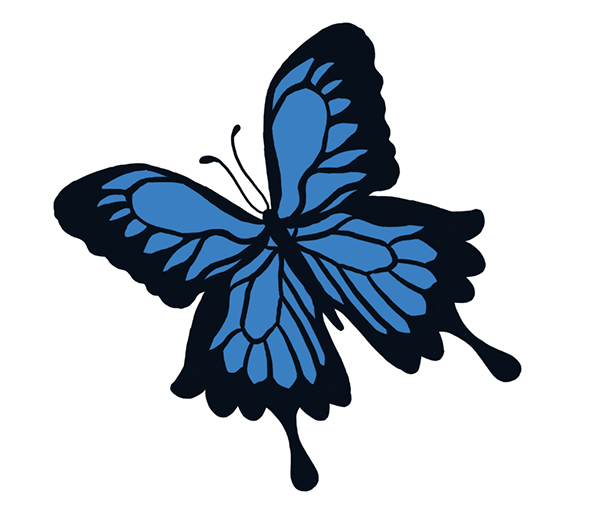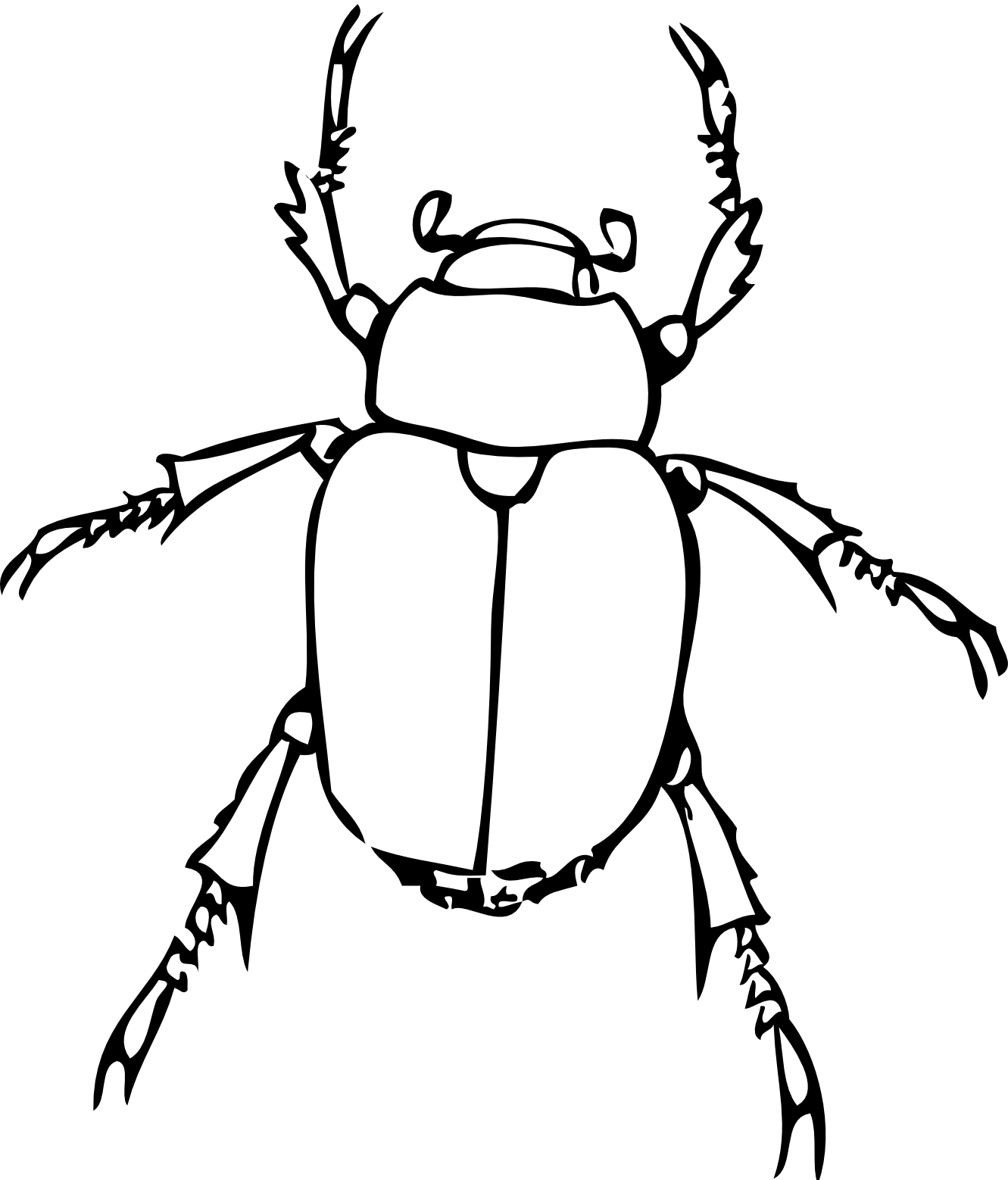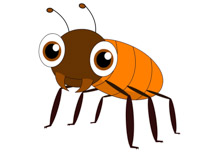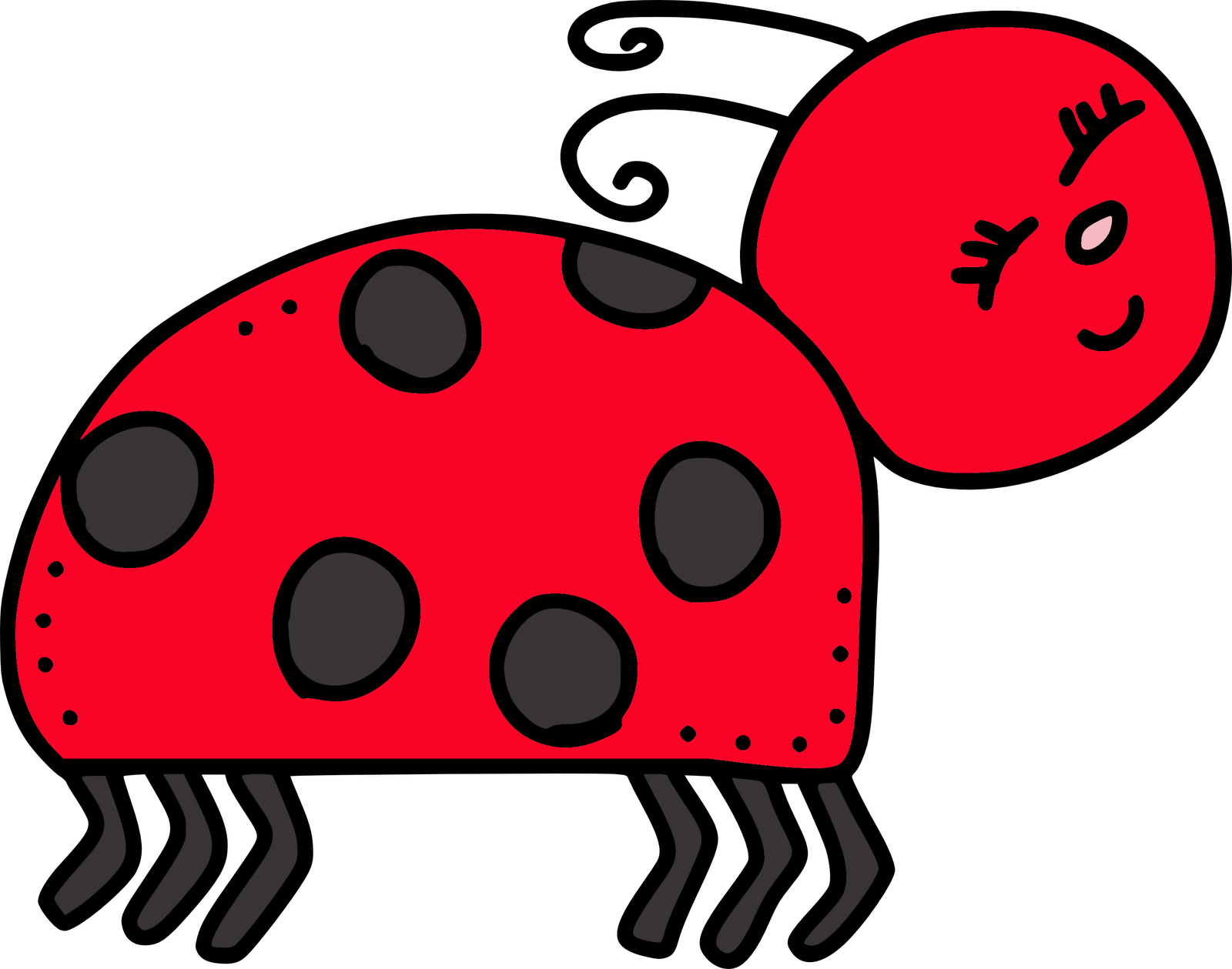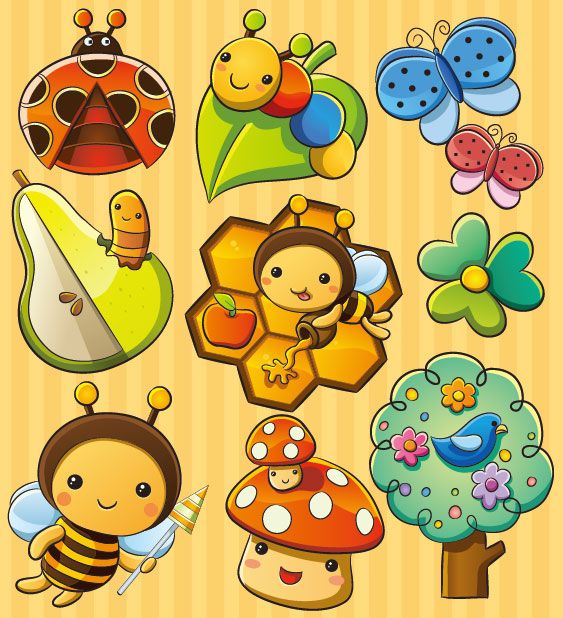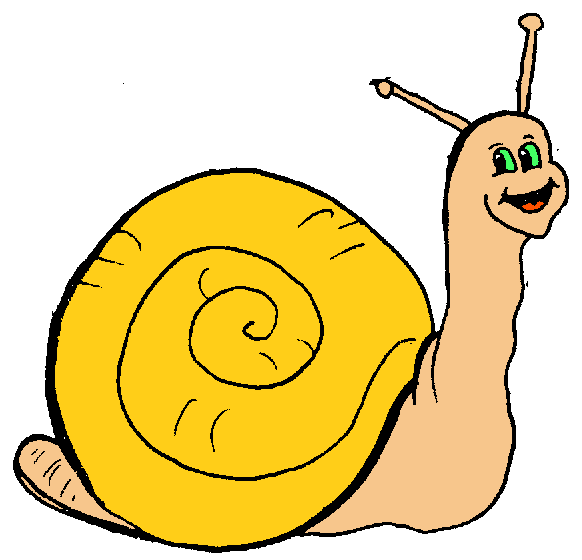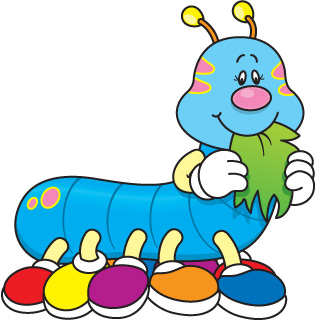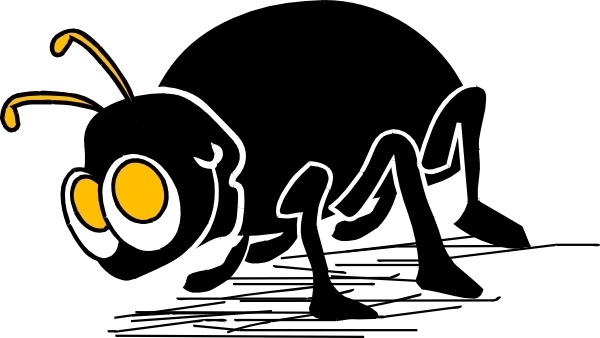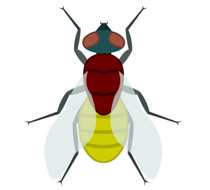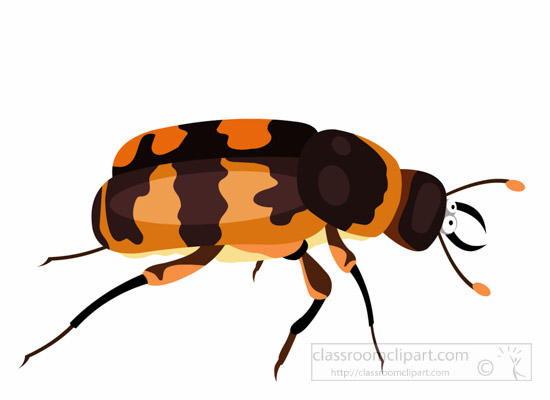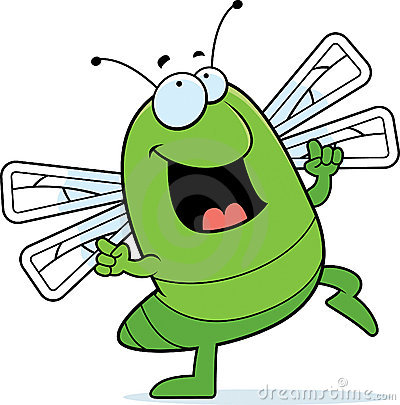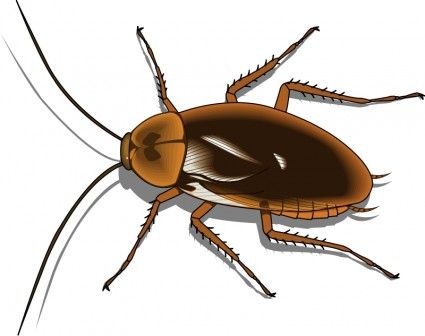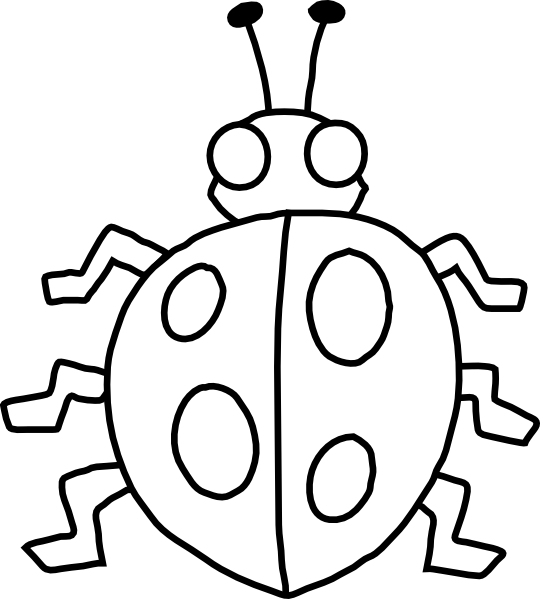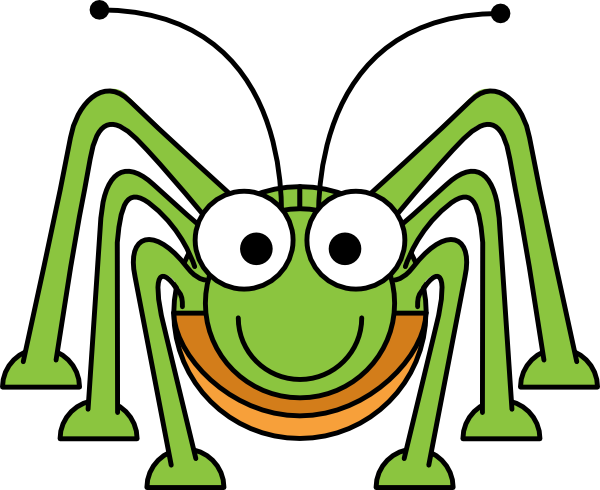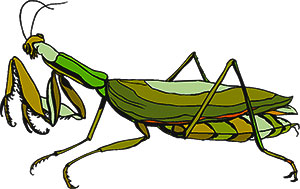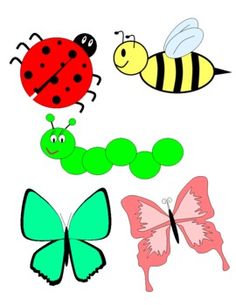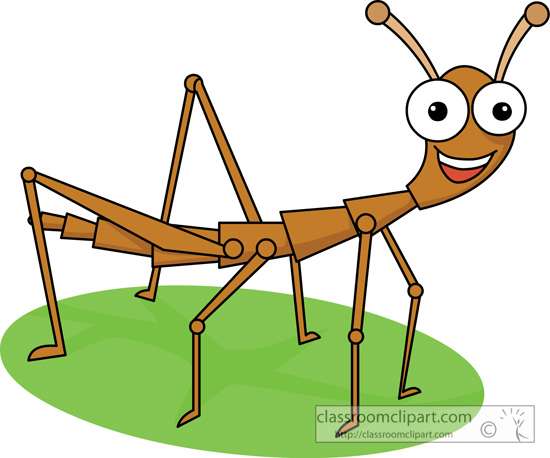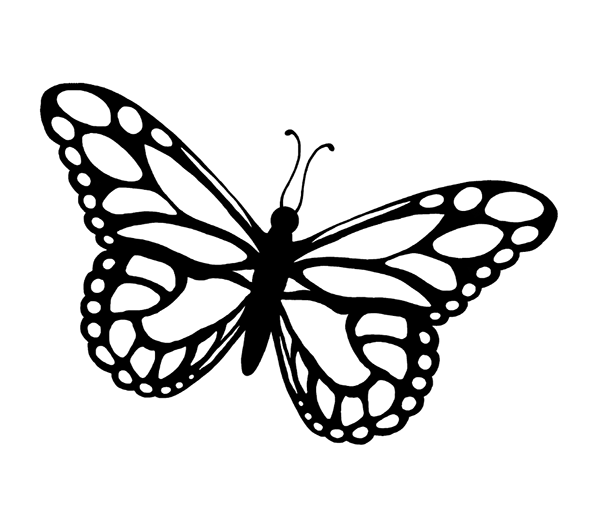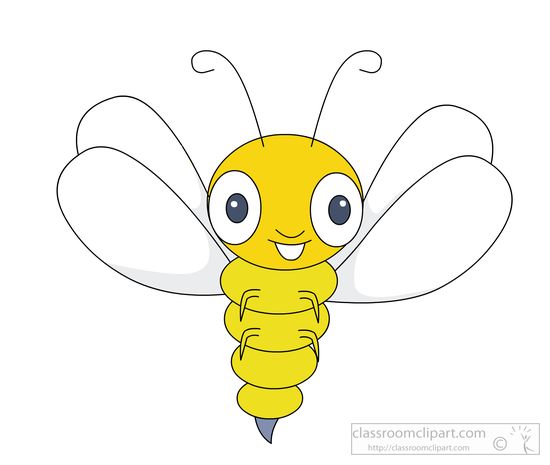Insect Clipart
Insects are the most diverse group of animals on earth with over 1 million described species. They have 3 body parts, 6 legs, wings (sometimes), compound eyes and antennae. Insects evolved over 400 million years ago and can be found in nearly all terrestrial and freshwater habitats globally from mountaintops to deserts.
Many insects are herbivorous feeding on plants, but some like beetles, true bugs, bees, wasps and flies evolved to become predators, parasites or scavengers. Nearly 75% of crop production relies on vital insect mediated pollination. However insects also spread diseases, damage food crops and impact human livelihoods both negatively and positively.
Major Insect Groups
Coleoptera (Beetles): Most evolutionarily successful insects with about 40% of all insect species being beetles. Hardened forewings protect delicate hindwings. Diverse species fill aquatic, terrestrial and woodland niches. Examples – Fireflies, ladybugs, stag beetles
Lepidoptera (Butterflies & Moths): Second most speciose order with estimates of up to 500,000 species globally. Adults have scale-covered wings for camouflage and warning displays. Caterpillars voraciously devour vegetation growing in size up to pupation.
Hymenoptera (Ants, Bees & Wasps): Over 130,000 named species including ants, bees, wasps and sawflies. Most are plant-eaters while some are predators. Many species have complex social networks with caste systems and division of labor like honey bee hives.
Diptera (Flies & Mosquitoes): Extremely successful order with over 150,000 classified species of flies, gnats and mosquitoes across all continents except Antarctica. Only 2 wings since hindwings evolved into halters. Nuisance pests for humans that transmit diseases.
Hemiptera (True Bugs): Around 80,000 named true bug species that feed using a piercing, sucking proboscis instead of jaws to consume plant sap or blood. Familiar examples are cicadas, aphids, water striders and assassin bugs.
Insect Anatomy
All insects share common anatomical features like 3 main body parts, 6 jointed legs, a hard exoskeleton, a segmented abdomen, 1 pair of antennae and compound eyes.
The head contains sensory organs – eyes, antennae and mouthparts. The thorax attaches wings and legs enabling movement. Wings propel aerial flight with speeds exceeding 25 mph. Legs on each segment help insects adapt; front legs sense and grasp, middle legs stabilize and hind legs provide power.
The abdomen houses digestive and reproductive organs which can glow or make sounds. The tough exoskeleton provides structure and defense while allowing flexibility via a complex system of plates connected by soft membranes at joints.
Insect Life Cycles
Nearly all insects undergo a process called metamorphosis where they transition through egg, larval, pupal and adult life cycle stages. Entire transformation enables insects to adapt and fill specialized niches as they grow.
Complete metamorphosis contains 4 stages – eggs hatch into wormlike larvae that eat and molt, becoming fatter pupae that transform within a protective cocoon to finally emerge reborn as sexually mature winged adults now focused on breeding and dispersing. Butterflies typify this complex cycle.
In incomplete metamorphosis, egg larvae resemble tiny adult versions called nymphs that gain wings externally by shedding their exoskeletons through intermediary molts in route to full adulthood without any dormant pupal stage. Grasshoppers follow this direct development.
Insect Behavior
Most insects exhibit instincts aligned with survival tactics like finding food sources and mates, protecting territories, migrating or camouflaging themselves through cryptic markings, sounds and chemical defenses.
Eusocial insects assist each other in highly structured cooperative colonies each with specialized roles in raising young, foraging food, defending the hive and reproducing based on female queen pheromones ensuring only she lays fertilized eggs. Ants epitomize organized social behavior.
Defense mechanisms also include startle or distraction displays to confuse predators while they escape danger. Other insects feign death until threats pass. Some bugs issue noxious smells, venomous stings or discharge toxic fluids when confronted by enemies trying to eat them.
Beneficial Insects
Insects are integral components of nearly all terrestrial food chains either directly or indirectly while also filling pivotal ecological niches globally:
Pollinators like bees, butterflies, beetles, flies and wasps fertilize flowering crops and wild plants. Over 75% of Earth’s crops benefit from natural insect cross-pollination services enabling productive harvest yields.
Pest Predators like ladybugs, lacewings, predatory stink bugs and parasitic wasps biologically eliminate crop destroying insects by feeding on them. They control nuisance bugs without the use of synthetic chemicals.
Waste Eliminators like dung beetles, burying beetles and fly larvae aid decomposition by ingesting, burying and breaking down dead animal matter quickly recycling nutrients back into soil to nourish plants.
Soil Aerators like earthworms, ants and termites digging tunnels increase soil porosity providing channels for moisture and oxygen to penetrate further enabling healthier root development. Their castings or waste also enrich soils.
Insect Symbolism & Culture
Myths and legends in Ancient Egypt, China, Japan and Mesoamerica featured insects prominently. Scarab beetles represented eternal life and sun gods. Cicadas suggested immortality.Butterflies embodied the human soul. Bees were seen as messengers between realms revealing hidden truths.
This mystical insect iconography later resurfaced during Europe’s medieval period before evolving more recently through< Victorian flower languages assigning sentimental meaning to various bugs and becoming a popular tattoos symbolizing personal transformations.
Insects now flood modern pop culture appearing in company logos like Bugz, films like Antz and Bee Movie, common metaphors spotlighting busy bees and spider webs, even as Halloween costumes. Their ubiquity confirms peoples intrinsic fascination with bugs.
Insects and Humans
Insects pose annoyances stinging, biting and spreading germs plus jeopardizing food production through rapid consumption and contaminating crops with diseases. Mosquitoes alone transmit malaria, yellow fever, dengue killing nearly 1 million people annually.
However insect pollination services sustain both wildlife habitat and agricultural economies valued at over $200 billion USD worldwide. One study modeled a total extinction of insects decreasing crop yields by 60% highlighting their agricultural necessity despite also sometimes being pests.
Ultimately coexisting sustainably requires holistic integrated pest management Practices balancing ecological stability, conservation goals and tolerable damage thresholds Specific tactics include intercropping with flowers harboring beneficial predators or using bugs like ladybugs and lacewings for biocontrol of invasive insects.
Insect Clipart
Clipart offers royalty free vector insect images as decorative design elements. Colorful cartoons, logos and sketches provide whimsical accent pieces for documents, banners, t-shirts, scrapbooking plus help creatively educate young students.
Using Insect Clipart
Insect clipart livens visual materials for class projects, nature centers, zoo displays and summer camps. Happy cute bees, butterflies and worms delight children’s media teaching about bugs including coloring pages, activity sheets, puzzles, posters plus signage and stickers. Gardeners enjoy downloads tracking pollinating progress. Etsy creators stylize prints with nostalgic mantises, vibrant beetles and geometric honeycombs infusing artisan crafts with six-legged flair.warning signs caution visitors entering ecosystems filled with fiery ants and disease spreading mosquitoes
In this page clipartix present 75 insect clipart images free for designing activities. Lets download Insect Clipart that you want to use for works or personal uses.
